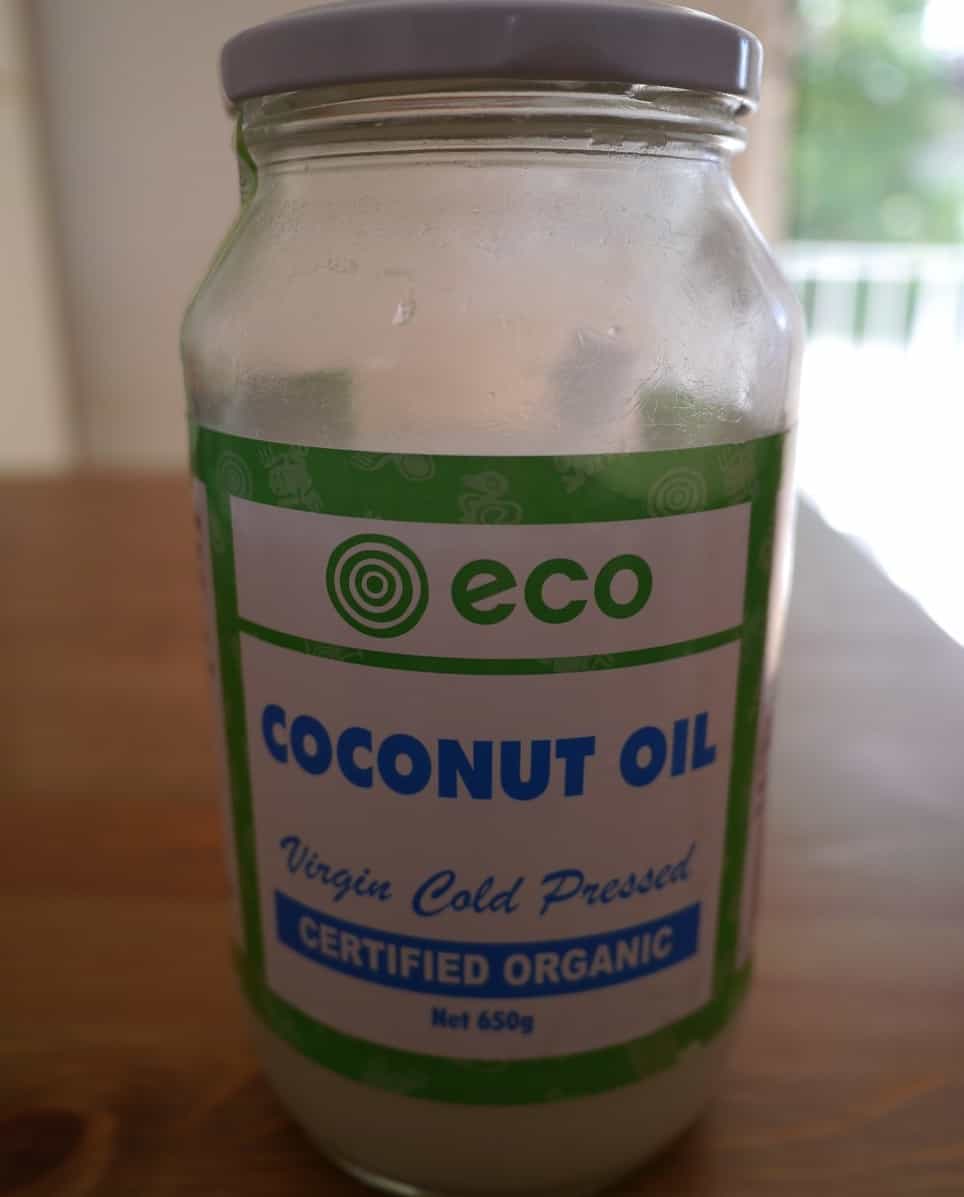Myths about coconut oil
I love coconut oil and recently published this blog post detailing some of the reasons why. I’ve read so much in the past few months about coconut oil having awesome health benefits, but when I was researching for the blog (and I did a lot of research) I realised that there’s also a lot of information out there that’s misleading, inaccurate, and just plain wrong. I thought it was worth writing a quick post on some of these. Don’t mistake me, coconut oil is great, but let’s keep to the facts when making claims!
Three myths about coconut oil
- Coconut oil can withstand high temperatures
I have read a great deal about coconut oil being excellent for cooking, particularly roasting vegetables and frying. Not quite true. Coconut oil might be slow to oxidise, but it has a relatively low smoke point. This is the temperature at which oil produces blue smoke and breaks down into glycerol and free fatty acids. The glycerol can be further broken down to acrolein (which is that ‘burnt’ smell that you get when you overheat oil) and other aldehydes. Aldehydes are irritants, and they’re also toxic.
The smoke point of virgin coconut oil (the type with the health benefits) is 177ºC. By comparison, virgin olive oil is 199°C and rice bran oil is 254ºC (click here for a list of the smoke points of other oils). So this means if you’re heating your coconut oil at low temperatures it’s perfectly safe, but over 177ºC and you’re turning it into toxic chemicals. Not so tasty.
(I found this great paper which looks at the emissions of aldehydes from cooking oils including coconut oil if you’re interested or want some more information.)
- Coconut oil is packed with nutrients and vitamins
I’ve read so many articles stating that coconut oil is ‘packed full of vitamins and minerals’, but when I came to look for the evidence, I couldn’t find any. Coconut oil does contain vitamin E (tocopherols) but in relatively low amounts of 50ppm (parts per million), which means 0.005%. By comparison, sunflower oil has 450-1520ppm, and soyabean oil can have up to 3340ppm. (Check the statistics out here.)
In even lower amounts, coconut oil contains vitamin K (phylloquinone) at levels of 0.005ppm. That’s 0.5 micrograms per 100g, or 0.0000005%. And the only mineral present in coconut oil is iron, at levels of 0.4ppm or 0.0004%. (If you’re interested in the nutritional breakdown of coconut oil, read this for more details.)
So there are very small amounts of a couple of vitamins and a mineral in coconut oil, but it’s not exactly packed with them.
- Coconut oil and human breast milk are both high in lauric acid
I keep reading articles comparing coconut oil with human breast milk, because they both contain lauric acid. But the quantities they contain are completely different.
Coconut oil contains 92% saturated fat, and lauric acid accounts for around 50% of this total (details here). By comparison, only 4.4% of breast milk is fat. (This makes sense if you think about the full-fat milk you buy from the shop, its fat content is also around 4%.) Of this 4.4%, lauric acid accounts for just 6.2% of this (originally there was a reference link here, but it is broken and has been removed). This means the lauric acid content of breast milk is around 0.27%. (I have seen this misquoted in several places with claims that lauric acid is 6.2% of the total, not 6.2% of the total fat.) Whilst the fat content of breast milk fluctuates, and increases over time, this research demonstrates lauric acid content never exceeding 5%.
One of the reasons that this claim is made could stem from the fact that lauric acid is actually fairly uncommon in nature. In addition to coconut oil, it is only found in palm kernel oil (not the same as palm oil) and some other plants not used for food production as well as milk of lactating mammals. As a food source, breast milk may contain the third-highest source… but that’s only out of three.
Of course there’s a great many claims made about coconut oil that are backed with evidence, and coconut oil is a fantastic ingredient with some amazing properties. Just take some of the claims with a pinch of salt, especially if they don’t contain references that back them up!
[leadpages_leadbox leadbox_id=1429a0746639c5] [/leadpages_leadbox]






I have a suugestion on the lauric acid. We take coconut oil at 2 table spoons daily. Max is 3. But the breast milk for baby is 1.5liter daily. FeedBack to your 3rd point. May be this logic will help.